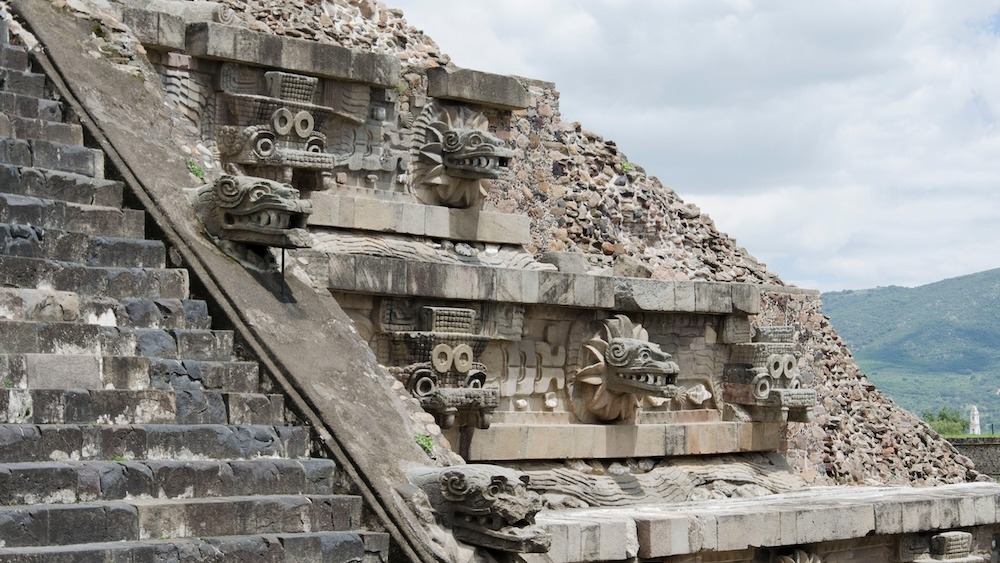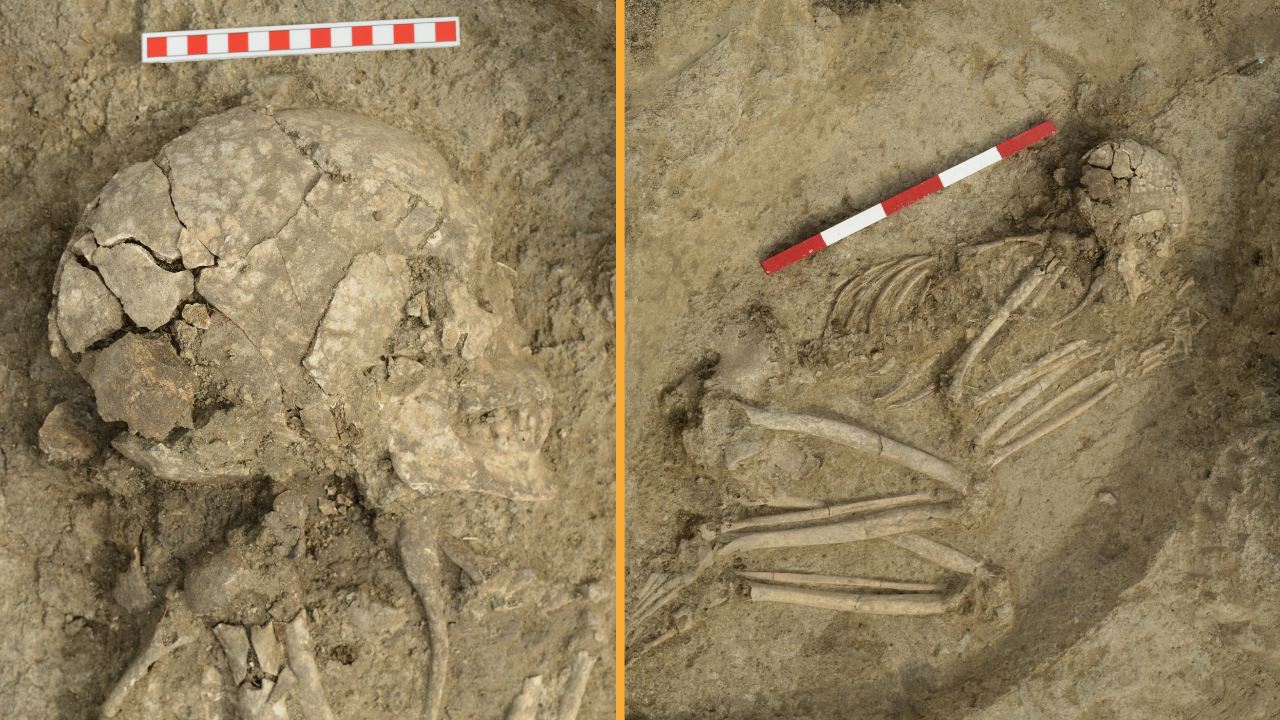5 catastrophic megathrust earthquakes led to the demise of the pre-Aztec city of Teotihuacan, new study suggests
Analyses of Teotihuacan's three major pyramids show that the city was shaken by multiple catastrophic earthquakes — and this may have led to its demise.

A chain of massive earthquakes may have led to the decline and eventual desertion of the pre-Aztec Mesoamerican city of Teotihuacan, a new study suggests.
Teotihuacan, which is located northeast of modern-day Mexico City and flourished between 150 B.C. and A.D. 650, had a population of more than 100,000 inhabitants at its heyday, but several centuries later that number plummeted substantially, according to a study published in the May issue of the Journal of Archaeological Science: Reports.
Researchers have long wondered what caused this dramatic population drop, with hypotheses including war and famine. However, a new analysis of some of the city's iconic pyramids reveals that Teotihuacan was hit by five treacherous megathrust earthquakes that shook the city roughly between A.D. 100 and 600.
"Megathrust earthquakes stand out as the most formidable seismic events ever documented," lead study author Raúl Pérez-López, an earthquake geologist at the Geological and Mining Institute in Spain, told Live Science in an email. "These earthquakes originate in subduction zones, such as the Middle American Trench (MAT) [an oceanic trench in the Pacific Ocean that's one of the world's largest subduction zones and the boundary between several tectonic plates, including the Nazca and North American]. What sets them apart is their extraordinary magnitude and relatively infrequent occurrence compared to other seismic events."
For example, one megathrust earthquake is so powerful that the seismic energy it emits "is equivalent to the energy unleashed by around 32,000 Hiroshima nuclear bombs," Pérez-López said. A more recent megathrust earthquake occurred in Japan in 2011.
Related: 'Lost' 1,500-year-old Teotihuacan village discovered in the heart of Mexico City
"The release of such staggering energy during a megathrust earthquake can have catastrophic consequences for the surrounding regions, illustrating the immense destructive potential of these seismic events," he added.
Get the world’s most fascinating discoveries delivered straight to your inbox.
For the study, the researchers analyzed three of Teotihuacan's pyramids, including the Temple of the Feathered Serpent, the Pyramid of the Sun and the Pyramid of the Moon, for earthquake archaeological effects, or damage patterns that are related to strong ground shaking. They found that the seismic shocks rattled the city from the southwest to the northeast, leaving tell-tale evidence in their facades, according to the study.
Perhaps the most vulnerable of the three pyramids was the Temple of the Feathered Serpent, which showed "displacement and fracturing of [its] massive andesite [rock] masonry blocks." The researchers also noticed examples of "chipped corners" of the outer stair blocks and "dislodged bricks," he said.
While the researchers were aware of the megathrust earthquakes and researched them in a 2010 study, it wasn’t until this new study that they discovered the full extent of the damage caused by them.
"Remarkably, in the past century, earthquakes with magnitudes exceeding 8.6 in Mexico have not significantly impacted the infrastructure of Teotihuacan," he said. "This highlights the necessity of exceptionally powerful earthquakes to induce the specific destructive patterns observed in this ancient city."
In response to the earthquakes, the city's occupants reinforced their pyramids as a precautionary measure.
"The initial response by the Teotihuacanos was to reinforce the Sun Pyramid, the largest structure in their city, along its north-south axis in an attempt to fortify it against future earthquakes," he said. "Additionally, they repurposed and removed other elements damaged by seismic activity. Interestingly, they opted to conceal one of the most conspicuous signs of earthquake damage: the rotation and displacement of the west staircase of the Temple of the Feathered Serpent."
He added, "Today, these archaeological effects of earthquakes remain visible, offering valuable insights into the ancient civilization's resilience and adaptive strategies."
However, even architectural changes weren't enough to save the city from its eventual abandonment at the end of the seventh century, when there was "a sharp decrease of the population and an abrupt loss of geopolitical power," the authors wrote in the study.
"The disruption caused by a devastating earthquake not only shakes the physical foundations of a society but also destabilizes its social and political structures," Pérez-López said. "Mismanagement of societal discontent in the aftermath of such a disaster can foment internal revolts, especially in the absence of effective military and urban infrastructure. This creates fertile ground for unrest, potentially sparking rebellions fueled by neighboring cities and exacerbating existing tensions."
Jennifer Nalewicki is former Live Science staff writer and Salt Lake City-based journalist whose work has been featured in The New York Times, Smithsonian Magazine, Scientific American, Popular Mechanics and more. She covers several science topics from planet Earth to paleontology and archaeology to health and culture. Prior to freelancing, Jennifer held an Editor role at Time Inc. Jennifer has a bachelor's degree in Journalism from The University of Texas at Austin.


